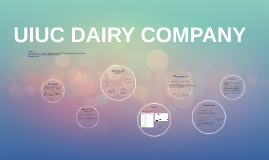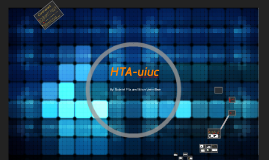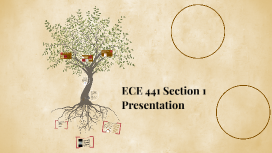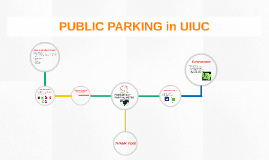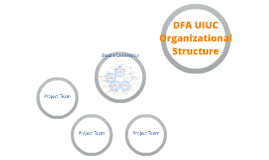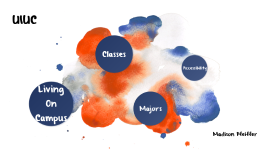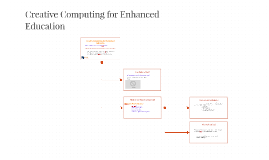UIUC DAIRY
Transcript: Easy for panelists to understand the testing procedure. Ice Cream Advantages During this difference test, it was important that the product stayed as cold as possible in order to prevent any melting. This required scooping a sample and returning prepared samples to the freezer before they were given to panelists. Complexity of reducing fat and maintaining sensory properties Disadvantages Triangle test Experimental Design Tests were conducted under red light Panelists were asked to choose the odd sample Panelist testing Materials and methods Fat overview Results Table 2. Binomial Statistics Data Ingredients: Skim Milk, Polydextrose, Sorbitol, Maltodextrin, Contains 2% or less of Grade A Whey, Carob Bean Gum, Cellulose Gum, Mono & Diglycerides, Guar Gum, Food Starch-Modified, Polysorbate 80, Carrageenan, Vanilla Extract, Vanillin, Sucralose, Acesulfame Potassium, Vitamin A Palmitate, Caramel Color, Annatto (for color) A triangle test was chosen because it can determine which sample is the odd one out instead of identifying a specific trait that is different. Ho: There is no difference between the regular ice cream and fat-free ice cream Ha: There is a significance difference between the regular ice cream and fat-free ice cream. Health concerns This test was used to see if the panelists could determine the odd sample between three samples. Discussion There is a significant difference between the two ice cream products One Create new sensory tests, but instead test for preference or liking rather than noticeable difference Customers who prefer non-fat ice cream may prefer the different taste as well Two Research a "reduced-fat" version of ice cream Gives ice cream mouthfeel and taste of normal ice cream Gives customers a healthier alternative to the normal ice cream Conclusions Each panelist received: 1. 3 samples of ice cream with spoons 2. Rinsing: Crackers, warm water (in styrofoam cup), room temperature water (in wax cup). 3. A ballot. 6 possible sample orders: AAB, ABA, BAA, BBA, BAB, ABB Rinse protocol: Before every sample, rinse mouth with warm water, then consume part of a cracker then rinse mouth with room temperature water Implications The test was conducted in 376 Bevier with a temperature of 25ºC and a relative humidity of 33%. Ingredients: Milk, Cream, Skim Milk, Sugar, Corn Syrup, Contains 2% or less of Vanilla Extract, Vanillin, Carob Bean Gum, Guar Gum, Carrageenan, Mono & Diglycerides, Cellulose Gel, Cellulose Gum, Annatto for color. High-fat diets can be associated with cancer, heart disease and diabetes Diets high in fat lead to cholesterol accumulation in the blood (1) It also lead to weight gain and decreased metabolic efficiency (2) Problem: Some consumers are concerned with the overconsumption of dietary fat which has led the UIUC Dairy Company to develop a new fat-free ice cream. Objective: This study wants to determine whether or not there is a significant difference between regular vanilla ice cream and fat-free vanilla ice cream. Fat-Free Two routes for new studies References Prone to human error. 0.00<0.05 Regular There were 7 female panelists and 4 male panelists. Panelists do not require training. Reject the null hypothesis Group 5: Carol Chou, Lauren Killian, Karen Herdiman, Josh Warren, Adam Radi, and Jeff Sada UIUC FSHN 302 - Sensory Evalulation of Foods 2 October 2014 Previous Findings Product handling Fats are essential to the body for energy storage, insulation, and cushioning of organs. Saturated fats do not have any double bonds between carbon and hydrogen atoms. These are solid at room temperature. Unsaturated fats have a double bond between carbon atoms. These are liquids at room temperature. Table 1. Panelist Responses to Ice Cream Triangle Test Difference Testing Addition of fat to vanilla ice cream increased buttery and creamy notes and mouthcoating(3) Coldness, ice crystal perception and melting rate decreased with fat addition (3) Fat-free vanilla ice cream had lower viscosity, smoothness and mouthcoating properties compared to full fat (4) Sensory and instrumental analysis Used triangle difference test Compared 3 products to find odd one out Reject null hypothesis Accept alternative Fat is responsible for the taste and mouthfeel of normal ice cream There were 11 panelists between the ages of 18-25. The amount of sample codes may get confusing. Sufficient evidence to reject the null hypothesis Accept the alternative: There is a significant difference between the regular vanilla ice cream and the fat-free vanilla ice cream 1.[MedlinePlus] National Institutes of Health. 2013. Heart Disease and Diet. Bethesda, MD: U.S National Library of Medicine. Avaliable from: http://www.nlm.nih.gov/medlineplus/ency/article/002436.htm. Accessed Sept 7, 2014. 2. Winzell MS, Ahren B. 2004. The High-Fat Diet Fed Mouse: A Model For Studying Mechanisms and Treatment of Impaired Glucose Tolerance and Type 2 Diabetes. National Center for Biotechnology Information. [serial online]; 3:S215-9.






